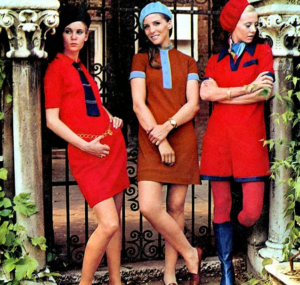
.jpg) Many think that London was the best place in the world in the 1960s. Youth culture flourished and post-war austerity finally gave place to a decade of optimism and exploration. In this decade, the traditional hierarchies begin to dissolve paving the way for the birth of the modern age.
Many think that London was the best place in the world in the 1960s. Youth culture flourished and post-war austerity finally gave place to a decade of optimism and exploration. In this decade, the traditional hierarchies begin to dissolve paving the way for the birth of the modern age.
During this time, London underwent a “metamorphosis from a gloomy, grimy post-war capital into a bright, shining epicenter of style”.
The phenomenon was caused by the large number of young people in the city (due to the baby boom of the 1950s) and the postwar economic boom.
Following the abolition of the national service for men in 1960, these young people enjoyed greater freedom and fewer responsibilities than their parents’ generation, and “[fanned] changes to social and sexual politics”.
“The Swinging City” was defined by Time magazine on the cover of its issue of 15 April 1966. In a Piri Halasz article ‘Great Britain: You Can Walk Across It on the Grass’, the magazine pronounced London the global hub of youthful creativity, hedonism and excitement: “In a decade dominated by youth, London has burst into bloom. It swings; it is the scene”, and celebrated in the name of the pirate radio station, Swinging Radio England, that began shortly afterwards.
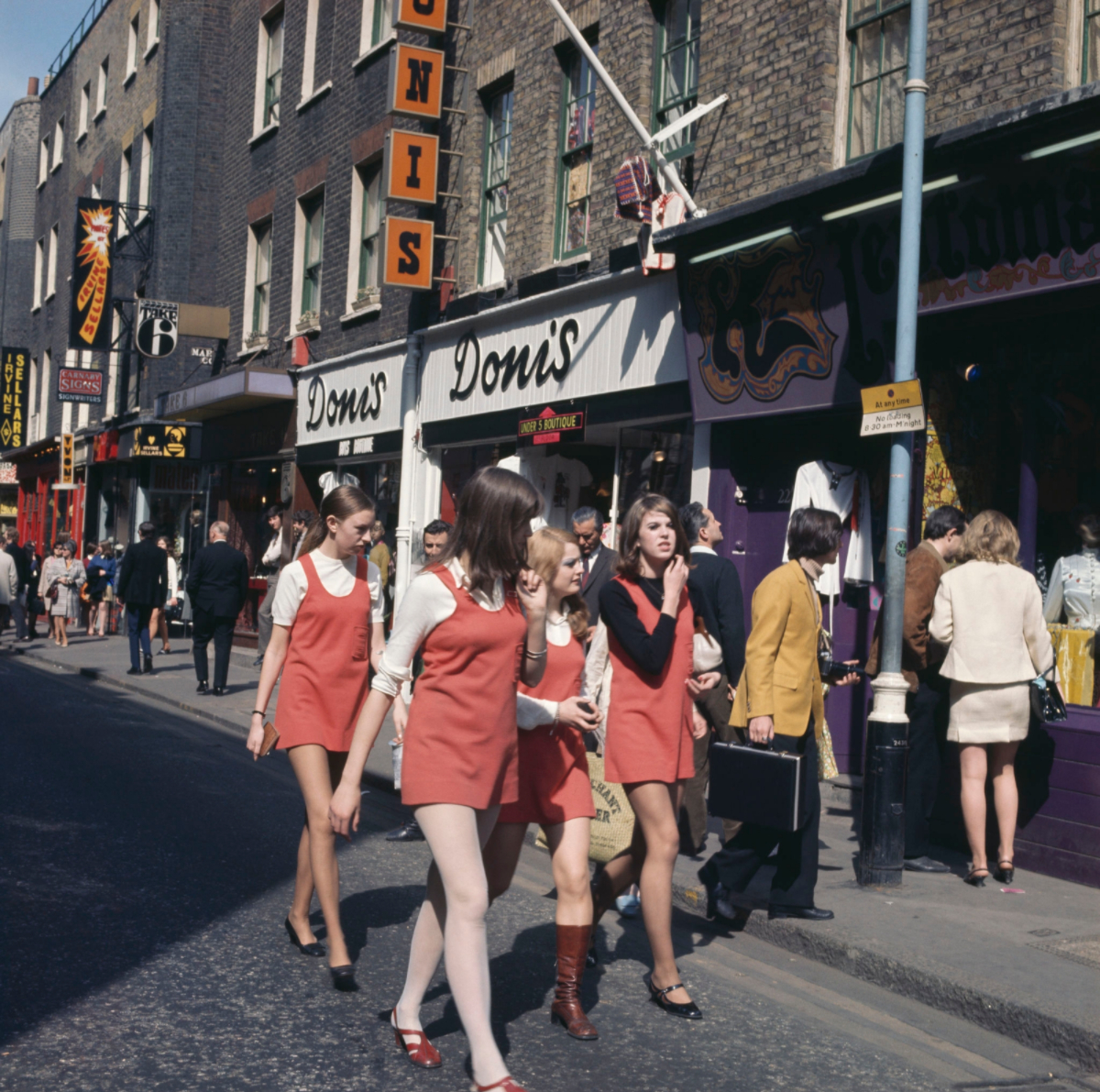
In 1965, Diana Vreeland, editor of Vogue magazine, said that “London is the most swinging city in the world at the moment.”
Later that year, the American singer Roger Miller had a hit record with “England Swings”, which steps around the progressive youth culture (both musically and lyrically).
New styles started to emerge from small villages and cities into urban centers, receiving media publicity, influencing haute couture creations of elite designers and the mass-market clothing manufacturers.
Examples include the mini skirt, culottes, go-go boots, and more experimental fashions, less often seen on the street, such as curved PVC dresses and other PVC clothes.
Mary Quant popularized the not mini skirt, and Jackie Kennedy introduced the pillbox hat; both became extremely popular. False eyelashes were worn by women throughout the 1960s.
Hairstyles were a variety of lengths and styles. Psychedelic prints, neon colors, and mismatched patterns were in style.
 Moreover, London “Modernists” known as Mods influenced male fashion in Britain. Designers were producing clothing more suitable for young adults, leading to an increase in interest and sales.
Moreover, London “Modernists” known as Mods influenced male fashion in Britain. Designers were producing clothing more suitable for young adults, leading to an increase in interest and sales.
In the late 1960s, the hippie movement also exerted a strong influence on women’s clothing styles, including bell-bottom jeans, tie-dye, and batik fabrics, as well as paisley prints.
The model Jean Shrimpton was another icon and one of the world’s first supermodels. She was the world’s highest-paid and most photographed model during this time.
Shrimpton was called “The Face of the ’60s”, in which she has been considered by many as “the symbol of Swinging London” and the “embodiment of the 1960s”.
.jpg)
Other popular models of the era included Veruschka, Peggy Moffitt and Penelope Tree. The model Twiggy has been called “the face of 1966” and “the Queen of Mod”, a label she shared with, among others, Cathy McGowan, the host of the television rock show Ready Steady Go! from 1964 to 1966.
The British flag, the Union Jack, became a symbol, assisted by events such as England’s home victory in the 1966 World Cup. The Jaguar E-Type sports car was a British icon of the 1960s.
.jpg)
London’s fabulous street style in the 1960s
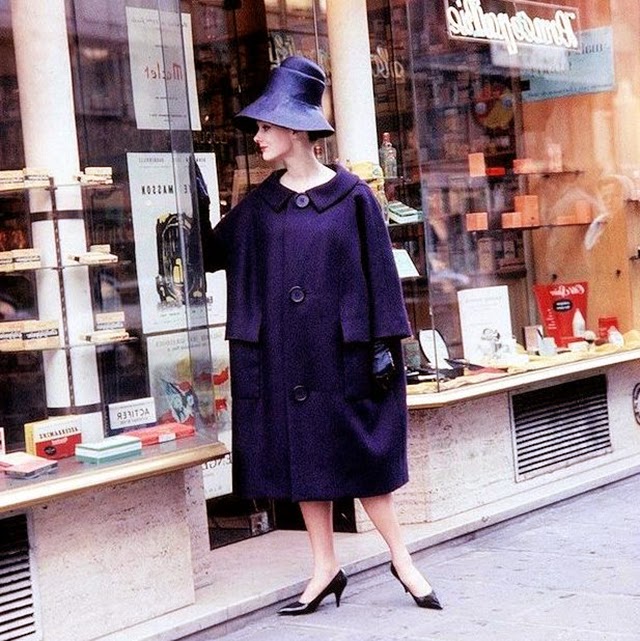.jpg)
London’s fabulous street style in the 1960s
.jpg)
London’s fabulous street style in the 1960s
.jpg)
London’s fabulous street style in the 1960s
.jpg)
London’s fabulous street style in the 1960s
.jpg)
London’s fabulous street style in the 1960s
.jpg)
London’s fabulous street style in the 1960s
.jpg)
London’s fabulous street style in the 1960s
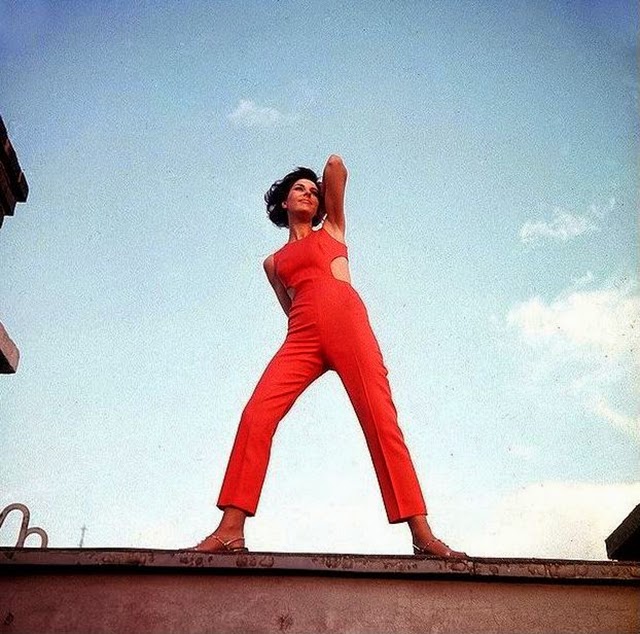.jpg)
London’s fabulous street style in the 1960s
.jpg)
London’s fabulous street style in the 1960s
.jpg)
London’s fabulous street style in the 1960s
.jpg)
London’s fabulous street style in the 1960s
.jpg)
London’s fabulous street style in the 1960s
.jpg)
London’s fabulous street style in the 1960s
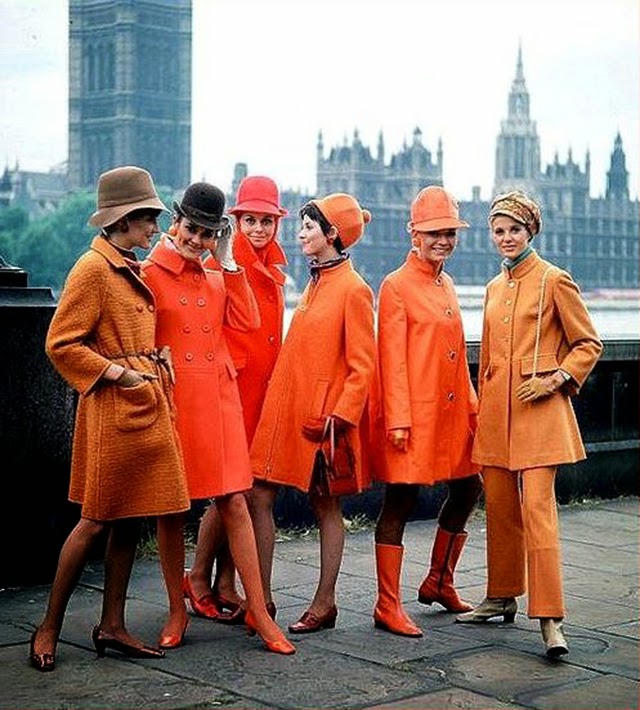.jpg)
London’s fabulous street style in the 1960s

London’s fabulous street style in the 1960s
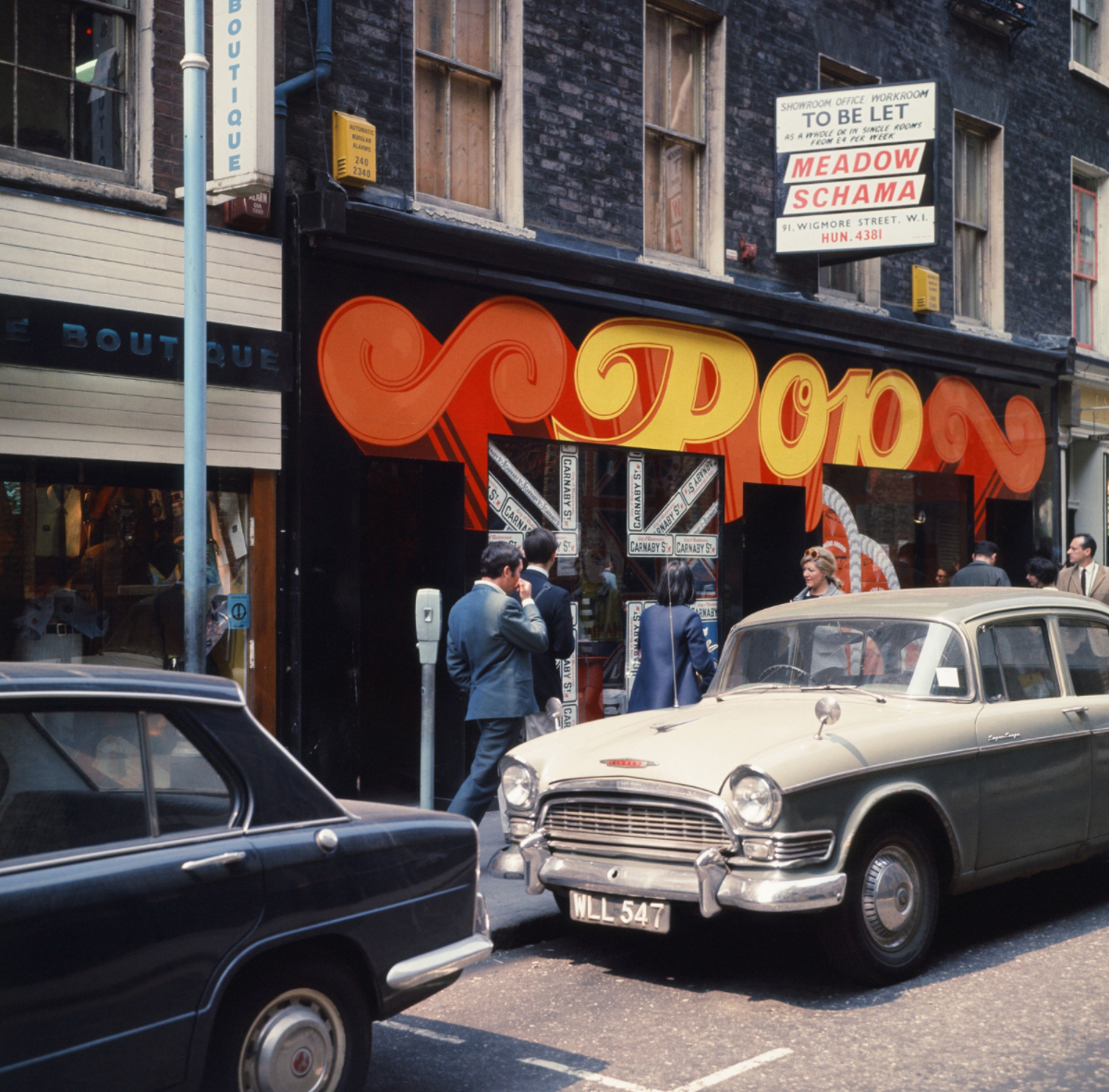
London’s fabulous street style in the 1960s

London’s fabulous street style in the 1960s

London’s fabulous street style in the 1960s

London’s fabulous street style in the 1960s

London’s fabulous street style in the 1960s

London’s fabulous street style in the 1960s

London’s fabulous street style in the 1960s

London’s fabulous street style in the 1960s

London’s fabulous street style in the 1960s

London’s fabulous street style in the 1960s

London’s fabulous street style in the 1960s

London’s fabulous street style in the 1960s

London’s fabulous street style in the 1960s

London’s fabulous street style in the 1960s

London’s fabulous street style in the 1960s

London’s fabulous street style in the 1960s

London’s fabulous street style in the 1960s

London’s fabulous street style in the 1960s

(Photo credit: Pinterest / Blogger / Flickr / Wikimedia Commons / Britannica).
